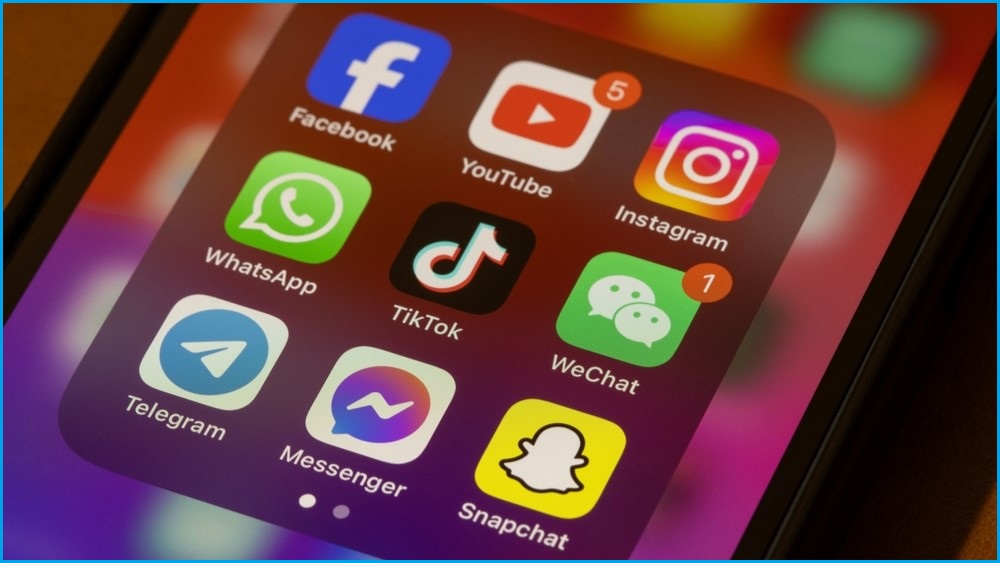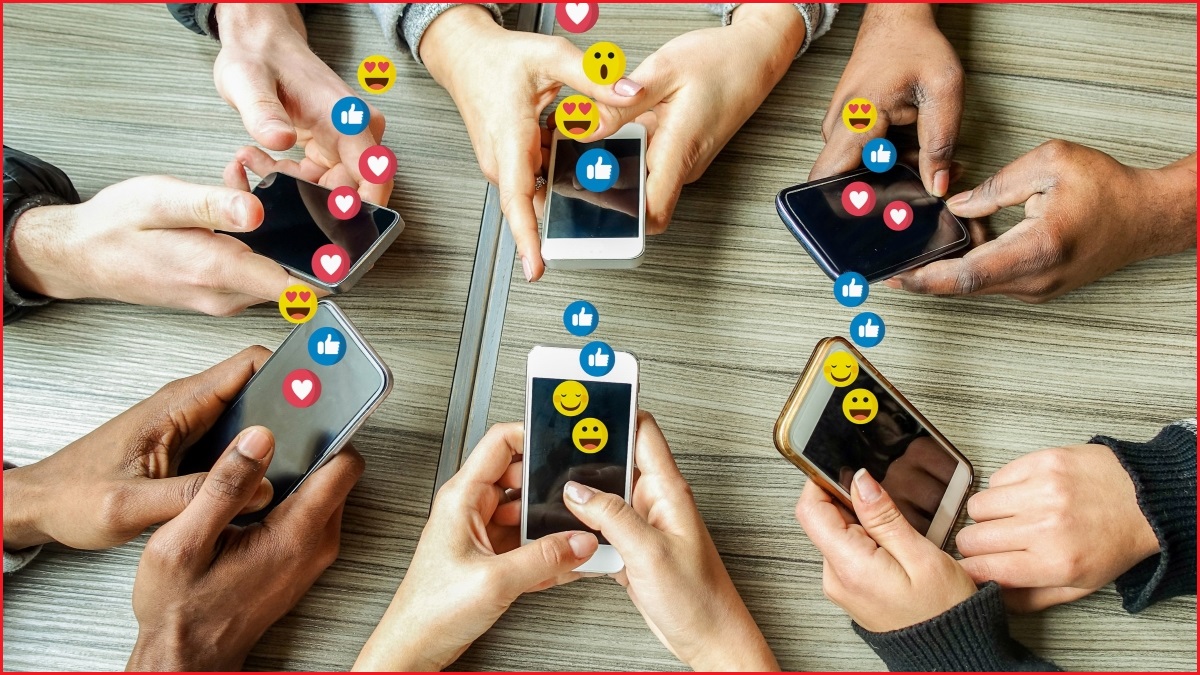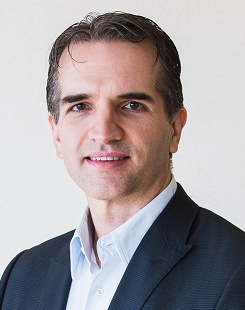Australian social media users spend nearly two hours per day on social media and use over six different social media platforms every month, according to a new analysis that also found brands spending more than $820 million ($US520 million) on influencer-led ad campaigns.
Fully 78 per cent of Australians use socials, the figures – which are contained in the 2025 Global Digital Report and Digital 2025 Australia statistical compendia compiled by media intelligence firm Meltwater and creative agency We Are Social – revealed.
Australians spend the most time on TikTok, with Android users spending an average of 38 hours and 51 minutes per month on the controversial platform – well above the global average of just under 35 hours per month, and three times as long as they spend on Instagram.
Also widely used is Snapchat, with the platform’s 8.27 million Australian users averaging 16 hours 26 minutes on the platform per month – and logging onto it an average of 490 times per month, or around 16 times per day.
Given Snapchat’s heavy skew towards the youth demographic, those figures reflect the ongoing challenges posed by ‘phubbing’ – the tendency to ignore other people as users’ attention remains focused on what they are doing on their phones.
It also means Australians’ social media use – an average 1 hour 51 minutes per day – consumes nearly half of the five hours 13 minutes of free time we each have in the typical day, based on ABS statistics.
The cumulative effect of such behaviour is writ large by Australia’s 20.9 million active social media identities, 78 per cent of whom use Facebook – the country’s most popular social platform – and also frequent platforms like Instagram (65 per cent) and TikTok (48 per cent).
LinkedIn is also on a tear, increasing 13 per cent last year to reach 17 million Australian users – equivalent to 80 per cent of Australians aged 18 and over – with the typical user spending 66 minutes per month during 42 sessions on the business-focused platform.
That puts Australia in the world’s top five users of LinkedIn, the data-hungry social platform that has become the de facto social platform for business users seeking jobs, networking, and more.
Profiting from Australia’s social addiction
As with gaming, Australians’ heavy use of social media platforms has become a source of concern, with states banning phones in schools and the government investing $2.5 million into a research fund to examine the impact of “problematic” screen time on young people.
YouTube and Facebook, Meltwater found, are the two most widely used mobile apps in Australia.
Yet with Australian users unencumbered by hard usage limits such as China’s gaming restrictions – and newly passed age restrictions yet to kick in – Australians’ heavy use of social platforms is a dream for brands aiming for big returns on marketing expenditure.
Over 58 per cent of Australians use social media for brand research – nearly as many as the 62 per cent that use search engines – and 43 per cent actively seek out brand content on social media platforms before deciding what products and services to buy, the figures show.

YouTube and Facebook are the two most widely used mobile apps in Australia. Photo: Shutterstock
That makes social platforms crucial to marketers who will, the figures show, spend $6.8 billion ($US4.26 billion) on social media advertising to Australians this year alone – 29 per cent of all digital advertising spend.
With Australians more trusting of influencers than the global average – 23.2 per cent of Australian social media users follow them – influencers are standout targets and are attracting an average of $68 million per month from advertisers, up 13 per cent year on year.
“As Australian consumers turn to social media as a key brand research tool, brands must strategically align their media mix and tailor content to engage diverse audience groups across platforms,” Meltwater ANZ VP Ross Candido said.
Socials are reshaping the way we trust
Australians aren’t just passive consumers, however: the analysis also revealed widespread concern about the rise of misinformation on online platforms, with three out of four Australians worried about being able to distinguish real and fake information online.
That finding – as well as the 43 per cent of users who say they are concerned about how companies handle their data – put Australia among the top five countries globally in terms of concerns about misinformation and data privacy.
Such risks are compounded by recent moves by social giants like Meta, which followed Elon Musk-owned X in abandoning fact-checking as the inauguration of US President Donald Trump heralded the normalisation of rampant online disinformation.
Inability to differentiate truth from lies online is creating a ripple effect: a recent KnowBe4 survey, for example, found that 44 per cent of IT leaders wrongly identified scam or phishing emails as legitimate – and more than half wrongly flagged a legitimate message as fake.
With more than half of Australians using social media as a source of news – and over a quarter using it as their main source of news – the risks of manipulation and misinformation are only increasing.
“In Australia, social media is where culture is shaped, opinions are formed, and brands are built,” said We Are Social Australia CEO Suzie Shaw in releasing the Meltwater report.
“The challenge for marketers today isn’t just being seen, but being relevant.”










